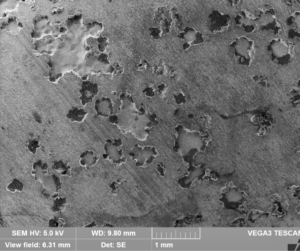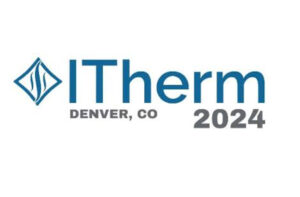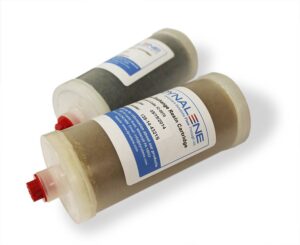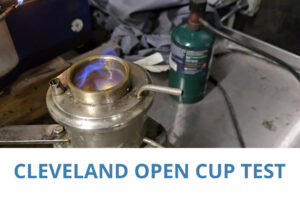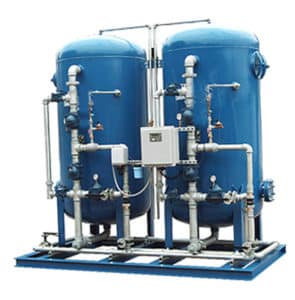Dynalene
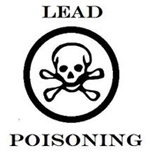
| Abstract Lead contamination is most commonly found in drinking water [1]. Activated carbon was used to reduce the concentration of lead in an aqueous solution to less than 7.8 µg/L. |
| Introduction Lead contamination in drinking water is mostly found through corrosion of pipes connection homes to the water main. The maximum contamination limit (MCL) set for lead is zero due to it being toxic, especially to young children. The EPA has set a lead action level of 15 µg/L in which 10 percent of tap water samples cannot exceed that level, otherwise, action must be taken [1]. The main goal of this study was to see the removal effects of AC-PB-40 activated carbon on a solution containing lead and if the activated carbon could bring the concentration down to below the MCL. |
| Background / Experiment Sample: Aqueous solution of lead. Problem: High lead concentration is dangerous to the ecosystem and health. Initial concentrations: 190 µg/L lead standard. Adsorbent / Media: Activated carbon (AC-PB-40, Dynalene Inc. product). |
| Results and Challenges The removal of lead from solution was reduced to less than 7.8 µg/L. The method detection limit for the instrument was 7.8 µg/L. Therefore, the exact amount of lead content in the test fluid was not detected due to its concentration is less than 7.8 µg/L. Lowering the concentration of lead to acceptable levels may require lower flow rates. |
| Conclusion Activated carbon (AC-PB-40) can be used to lower the contaminant concentration of lead to less than 7.8 µg/L. The size of the contamination removal system can be custom designed to meet customer requirements. |
| References [1] Environmental Protection Agency, “Basic Information about Lead in Drinking Water”, EPA, March 28, 2019. |
Share:
Facebook
Twitter
Pinterest
LinkedIn


